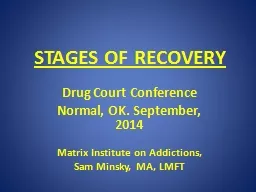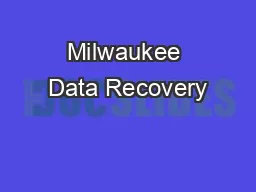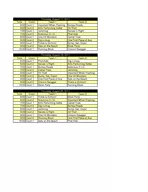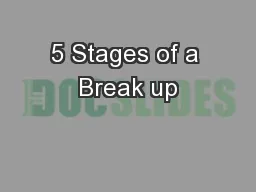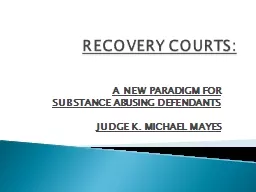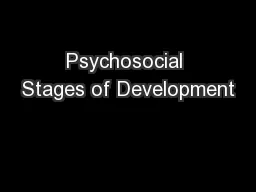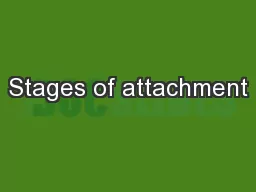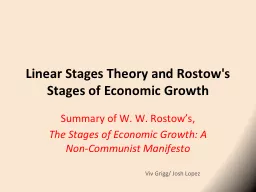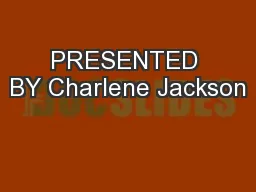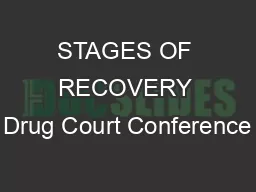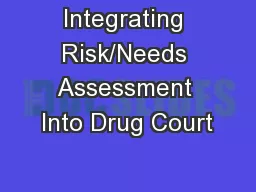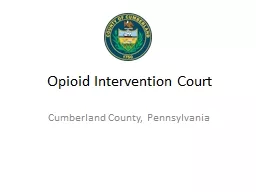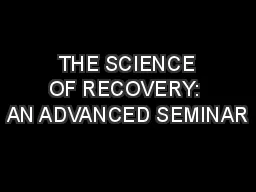PPT-STAGES OF RECOVERY Drug Court Conference Normal, OK. September, 2014
Author : sherrill-nordquist | Published Date : 2019-10-30
STAGES OF RECOVERY Drug Court Conference Normal OK September 2014 Matrix Institute on Addictions Sam Minsky MA LMFT 2006 Matrix Institute THE STAGES OF RECOVERY
Presentation Embed Code
Download Presentation
Download Presentation The PPT/PDF document "STAGES OF RECOVERY Drug Court Conference..." is the property of its rightful owner. Permission is granted to download and print the materials on this website for personal, non-commercial use only, and to display it on your personal computer provided you do not modify the materials and that you retain all copyright notices contained in the materials. By downloading content from our website, you accept the terms of this agreement.
STAGES OF RECOVERY Drug Court Conference Normal, OK. September, 2014: Transcript
Download Rules Of Document
"STAGES OF RECOVERY Drug Court Conference Normal, OK. September, 2014"The content belongs to its owner. You may download and print it for personal use, without modification, and keep all copyright notices. By downloading, you agree to these terms.
Related Documents

